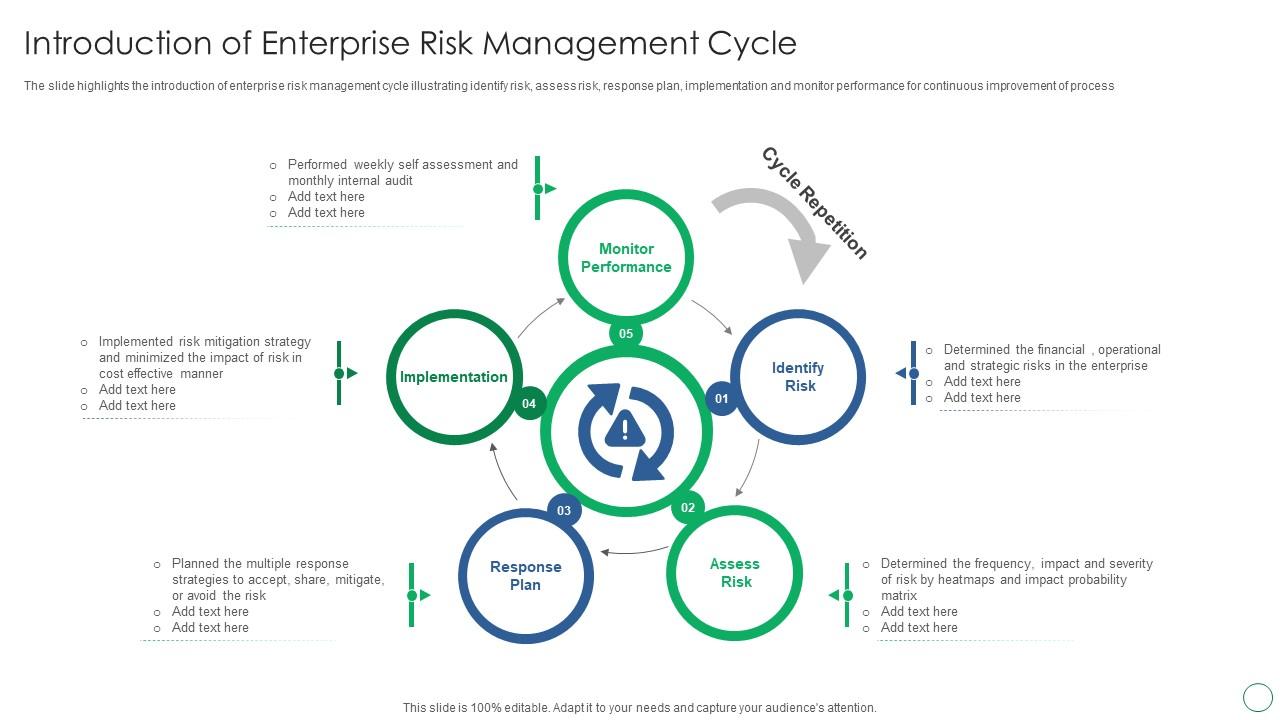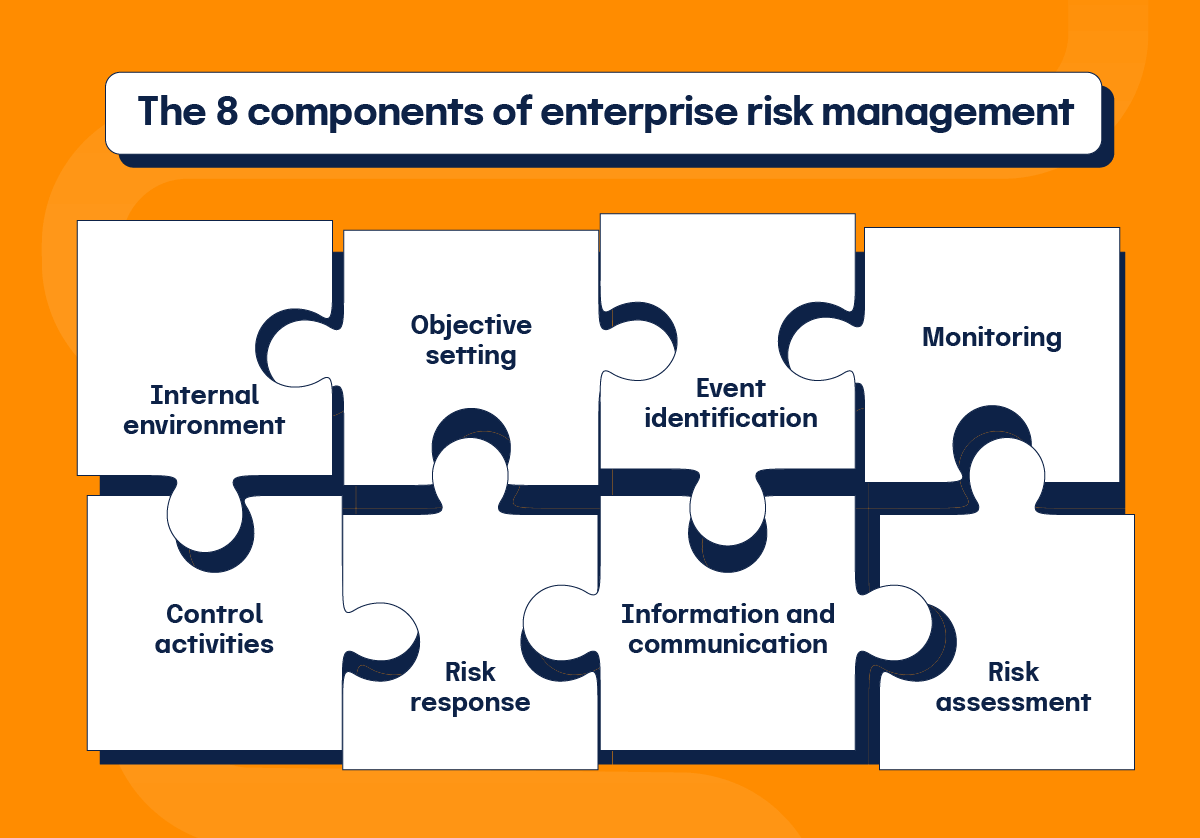How Ai-Driven Solutions Are Changing Insider Threat Avoidance and Compliance in the Workplace
In today's electronic landscape, insider dangers present significant threats to companies. AI-driven remedies are becoming essential tools in dealing with these challenges. By making use of advanced analytics and real-time monitoring, these innovations enhance danger discovery and enhance conformity administration. As firms embrace these cutting-edge methods, the improvement of workplace safety ends up being obvious. Nevertheless, the implications of this change elevate important questions regarding the future of business safety and security and staff member privacy.
Understanding Insider Threats: The Growing Threat in Modern Workplaces
As organizations progressively rely upon electronic systems to take care of delicate information, the danger of insider hazards has actually become a pushing problem. Expert hazards can develop from employees, professionals, or organization partners that exploit their accessibility to delicate data for harmful objectives. These risks are particularly testing to alleviate because of the trust integral in employer-employee relationships.
Inspirations for expert threats vary from economic gain and personal grievances to ideological beliefs. The consequences of such violations can be extreme, consisting of economic loss, reputational damages, and lawful consequences. Determining potential insider risks is complicated by the refined nature of their activities, which frequently blend flawlessly with typical service procedures.
Organizations has to focus on comprehensive safety training and cultivate a culture of responsibility to battle these threats. By understanding the different kinds of insider threats and their inspirations, business can much better prepare to carry out efficient preventative steps and safeguard their delicate info.

The Duty of AI in Enhancing Risk Detection
AI plays an important function in improving risk discovery via the execution of predictive analytics and behavioral pattern recognition. By assessing large quantities of data, AI systems can identify abnormalities that may suggest potential expert hazards. This positive strategy allows organizations to react promptly to threats before they escalate.
Predictive Analytics Execution
While organizations significantly depend on digital possessions, the possibility for expert hazards remains a considerable worry. Predictive analytics application plays a crucial duty in addressing this problem by leveraging historical information to forecast potential risks. Insider threats. By evaluating patterns and trends, organizations can determine abnormalities that might suggest harmful intent or dangerous behavior among staff members. These sophisticated AI-driven systems use artificial intelligence algorithms to improve their anticipating capabilities in time, adapting to new data inputs and progressing threat landscapes. On top of that, the positive nature of anticipating analytics permits companies to take preemptive steps, thus minimizing the danger of information breaches or compliance offenses. Eventually, the assimilation of anticipating analytics improves a company's overall safety and security position and sustains an extra durable office atmosphere
Behavior Pattern Acknowledgment
Recognizing and acknowledging behavior patterns is crucial for improving risk discovery within organizations. AI-driven options take advantage of progressed formulas to evaluate huge quantities of data, recognizing unusual behaviors indicative of possible expert dangers. By continually monitoring employee activities, these systems can discover inconsistencies from established patterns, such as transformed access to delicate information or irregular interaction behaviors. This positive method promotes very early intervention, mitigating dangers prior to they intensify right into significant safety breaches. In addition, AI enhances the accuracy of danger detection by decreasing incorrect positives, allowing protection groups to concentrate on authentic worries. As companies significantly embrace AI modern technologies, the integration of behavior pattern acknowledgment will certainly play an important role in strengthening total protection and conformity structures.
Proactive Conformity Administration Via AI Analytics
As companies browse increasingly complicated regulative landscapes, aggressive conformity management via AI analytics becomes a vital approach. AI-driven options promote the automation of compliance procedures, enabling companies to determine and resolve possible threats before they intensify (Insider threats). By analyzing large quantities of information, these systems can reveal patterns and anomalies that may indicate conformity breaches or insider hazards
Moreover, AI analytics improve the performance of compliance training programs by tailoring web content to certain worker actions and risk factors. This tailored method warranties that compliance training is both interesting and relevant, promoting a society of liability within the company.
In addition, AI tools can simplify coverage and paperwork, lowering the management worry on compliance teams. By supplying anticipating analytics and real-time understandings, companies can remain in advance of governing changes and keep a durable conformity stance, ultimately lowering the risk of expensive offenses and boosting general work environment security.
Real-Time Monitoring and Feedback Abilities
Effective conformity monitoring establishes the foundation for robust protection why not try here actions, however the vibrant nature of insider hazards necessitates real-time surveillance and response capacities. Organizations are significantly leveraging AI-driven services to preserve constant surveillance of individual habits and system activities. This proactive strategy enables the prompt recognition of anomalies that may show potential insider risks.
Real-time tracking systems utilize sophisticated formulas to analyze vast quantities of data, allowing companies to identify suspicious activities as they happen. When abnormal patterns are determined, automated informs can set off immediate reactions, such as limiting gain access to or initiating examinations. This quick activity lessens potential damages and warranties that organizations can attend to threats immediately.
Moreover, incorporating these abilities within compliance structures boosts total safety position, straightening with regulative demands while protecting sensitive info. Inevitably, real-time monitoring and reaction capacities are crucial for fostering a safe workplace setting in an era of evolving expert risks.
Building a Society of Protection Awareness
A solid culture of protection recognition is vital for companies aiming to alleviate expert hazards successfully. This culture cultivates a setting where employees recognize the significance of data safety and their function in shielding sensitive information. Organizations can attain this by carrying out complete training programs that enlighten personnel on identifying prospective threats and adhering to safety procedures.
Normal interaction concerning protection policies, updates, and best practices additionally strengthens the significance of vigilance. Urging open discussion regarding safety issues equips workers to report suspicious activities without fear of repercussions.
Furthermore, companies must identify and compensate proactive actions pertaining to security, which can enhance engagement. By incorporating safety awareness right into everyday routines, business cultivate a workforce that focuses on security, ultimately lowering the chance of insider risks. A committed technique to constructing this society not only secures business possessions yet additionally adds to compliance with regulative requirements.

Case Researches: Successful Implementation of AI-Driven Solutions
The combination of AI-driven remedies in organizations has actually verified to be a transformative method to combating insider risks. One significant study entails a monetary organization that executed an AI-based monitoring system to evaluate worker habits. By making use of artificial intelligence formulas, the system found anomalies in data accessibility patterns, enabling the company to identify potential insider hazards prior to any significant damage occurred.
Another instance is an innovation firm that took on AI-driven analytics to enhance its conformity efforts. This remedy allowed the firm to automate the testimonial of communications and information sharing, making sure adherence to governing demands while decreasing human error.
Both situation research studies highlight the efficiency of AI in giving real-time insights and positive steps against insider hazards, demonstrating that organizations can significantly reinforce their protection position via ingenious technology. These applications not just protect delicate information yet also promote a society of compliance and caution.
Future Patterns in Insider Risk Avoidance and Compliance
As companies increasingly acknowledge the value of AI-driven services in mitigating insider threats, focus is moving toward future trends that will certainly form avoidance methods and compliance frameworks. One considerable fad is the combination of innovative maker finding out find out here formulas with the ability of adjusting to advancing risks in real-time. This adaptability enables organizations to preemptively recognize risky behaviors before they rise into protection occurrences.
Furthermore, the emphasis on information privacy and moral AI use is expected to expand, with structures arising to ensure compliance with laws like GDPR and CCPA. Organizations will likely adopt more complete training programs to inform staff members about prospective threats, fostering an aggressive security culture.
The partnership in between AI devices and human understanding will certainly end up being vital, company website as crossbreed models leverage the staminas of both technology and human intuition. Overall, these trends will produce a more resistant landscape for insider danger avoidance and compliance, improving organizational security in the electronic age
Often Asked Concerns
Just How Do AI Solutions Incorporate With Existing Safety And Security Systems?
AI services perfectly integrate with existing safety systems by analyzing data from various resources, improving hazard discovery abilities, and enhancing occurrence feedback. This integration enables organizations to strengthen their safety and security stance and streamline conformity efforts properly.
What Industries Benefit Most From Ai-Driven Insider Hazard Avoidance?

Just How Can Employees Report Suspicious Behavior Without Anxiety?
Staff members can report suspicious actions without worry by utilizing confidential reporting networks, making sure discretion, and cultivating a supportive office society that emphasizes safety and security and responsibility. This encourages open interaction and count on among all group participants.
What Are the Expenses Associated With Executing AI Solutions?
The costs connected with carrying out AI services include software program licensing, infrastructure upgrades, continuous maintenance, personnel training, and prospective combination expenditures, which can differ considerably relying on the organization's size and certain demands of the modern technology.
How Commonly Should AI Solutions Be Updated for Effectiveness?
AI systems must be updated frequently, ideally every few months, to guarantee performance. Continual advancements in technology and advancing threats demand these updates to maintain relevance and boost the system's capacity to stop insider threats.
Effective compliance management sets the foundation for durable safety and security procedures, however the vibrant nature of expert dangers necessitates real-time tracking and response abilities. A solid culture of protection understanding is necessary for organizations intending to minimize insider dangers properly. By integrating protection awareness into day-to-day regimens, business grow a labor force that focuses on safety and security, ultimately minimizing the chance of expert threats. Both case research studies illustrate the efficiency of AI in providing real-time insights and aggressive steps against expert dangers, demonstrating that organizations can significantly strengthen their security posture through ingenious technology. As organizations progressively recognize the value of AI-driven options in reducing expert threats, attention is changing towards future trends that will certainly shape prevention approaches and compliance frameworks.